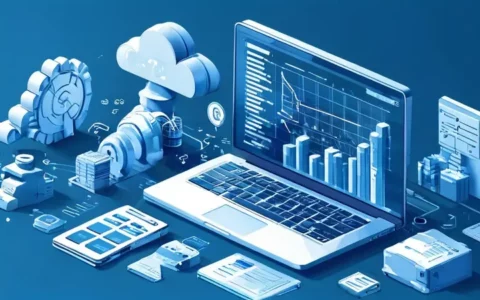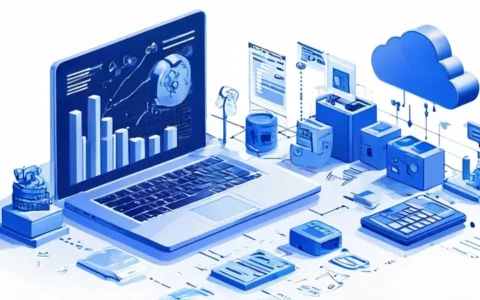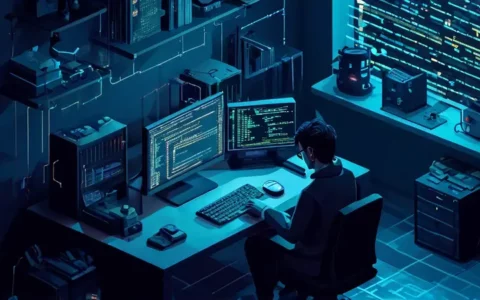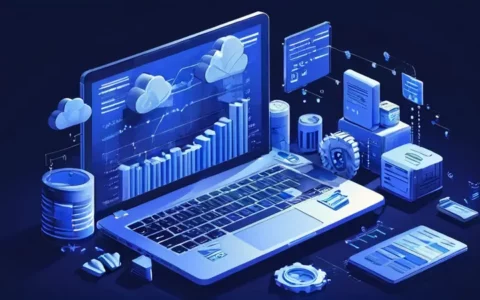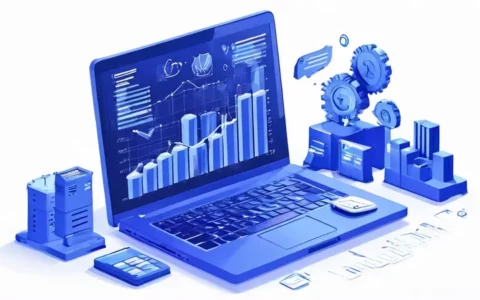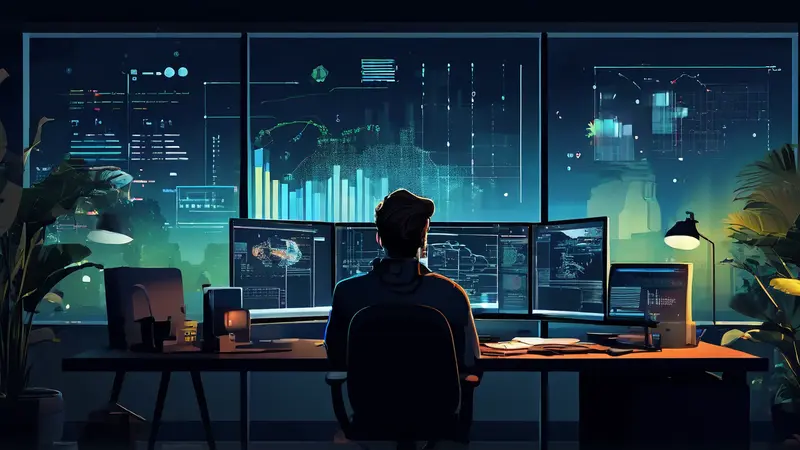
Coding tells a story of problem-solving, creativity, and the evolution of technology. One of the key points of this story is the way it democratizes innovation by providing tools and languages that empower individuals to bring their ideas to life. In a world that’s increasingly driven by software, coding has become an essential skill, much like literacy was in the past. It’s not just about writing lines of code but about conveying complex ideas in a language that machines can understand, which in return, shape our digital experiences.
I. THE BEGINNINGS OF CODING
Coding's story begins in the 19th century with Ada Lovelace, often celebrated as the first computer programmer. Lovelace theorized a method for Charles Babbage’s Analytical Engine to repeat a series of instructions, a process now known as looping. This foundational concept set the stage for all future programming.
II. THE EVOLUTION OF PROGRAMMING LANGUAGES
Over the years, programming languages have evolved dramatically. Each new language was designed with the aim of simplifying the coding process, making it more accessible and efficient. For instance, languages like Python are designed with simplicity in mind, enabling people with no coding background to grasp the basics and start creating.
III. CODING IN THE DIGITAL AGE
Today, coding is at the heart of the digital age, driving everything from web development to artificial intelligence (AI). The ability to code empowers individuals to create apps, websites, and software solutions that can change the world. This era has also seen the rise of coding bootcamps and online courses designed to teach coding skills to a broad audience.
IV. THE FUTURE OF CODING
The future of coding is likely to be shaped by advances in AI and machine learning, making it more about guiding the logic of machines rather than writing every single line of code. This could lead to more intuitive ways of programming, making technology even more accessible.
In a nutshell, the story of coding is one of continuous innovation and expansion. It's a narrative about how humans have developed new languages—not to communicate among ourselves, but to bridge our world with that of machines. This ongoing dialogue has not just transformed our tools and toys but fundamentally changed how we live and perceive the world around us.
相关问答FAQs:
What story does programming tell in English?
Programming, in essence, tells the story of problem-solving and creating software solutions through the use of specific programming languages. Just like any other language, programming languages have their own syntax and grammar that developers need to understand and follow in order to write code. By mastering these languages, programmers are able to communicate with computers and give them instructions to perform certain tasks.
The story of programming begins with the identification of a problem or a need for a software solution. This could be anything from creating a website, developing a mobile app, or building complex algorithms for data analysis. Programmers, like storytellers, start with an idea and use their knowledge of programming languages to bring that idea to life.
Each programming language has its own unique strengths and weaknesses, and developers choose the most suitable language based on the requirements of their project. For example, if a programmer wants to build a web application, they might choose JavaScript for its ability to manipulate web elements and provide interactive features. On the other hand, if the project requires complex mathematical calculations or scientific simulations, a language like Python might be the best choice due to its extensive libraries and functionality.
Once the programming language is selected, the story of programming continues with writing code. Programmers use programming syntax and logic to create a series of instructions that tell the computer what to do. These instructions can range from simple calculations and data manipulation to complex algorithms and decision-making processes.
Just like any good story, programming also involves testing and debugging. After writing the initial code, programmers test their programs to identify any errors or bugs that may cause unexpected behavior. Debugging is the process of identifying and fixing these issues, making the program run smoothly and as intended.
However, the story of programming doesn't end with the creation of a functional software solution. Programmers also need to maintain and update their programs as new technologies emerge or requirements change. This ongoing process ensures that the software remains efficient, secure, and up to date.
In summary, the story of programming in English is one of problem-solving, creativity, and continuous learning. It involves selecting the right programming language for the task, writing code to instruct the computer, testing and debugging, and finally maintaining and updating the software. Programming is a language through which developers communicate with computers to bring their ideas to life and solve real-world problems.
文章标题:编程讲的是什么故事英语,发布者:不及物动词,转载请注明出处:https://worktile.com/kb/p/2150068

 微信扫一扫
微信扫一扫  支付宝扫一扫
支付宝扫一扫 